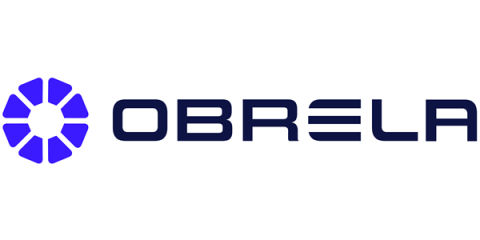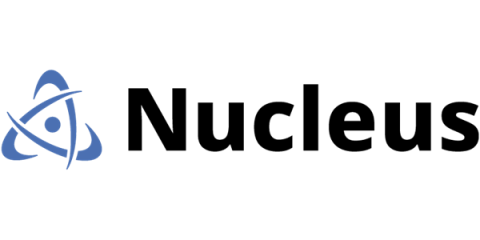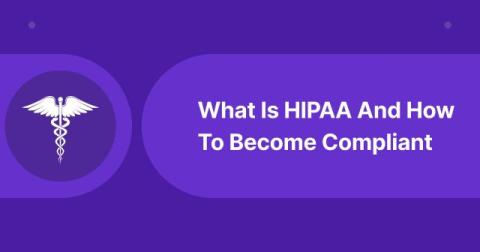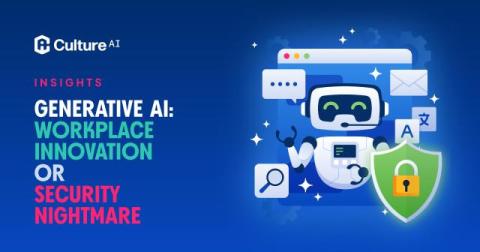Five Key Findings from the Inaugural EPSS Report
Last month, Cyentia and First.org published the inaugural Exploit Prediction Scoring System (EPSS) performance report. The report goes beyond just assessing the EPSS predictive scoring model. It looks at historical vulnerability data and published CVEs, as well as provides comparisons to the other popular scoring models: CVSS and CISA-KEV.








